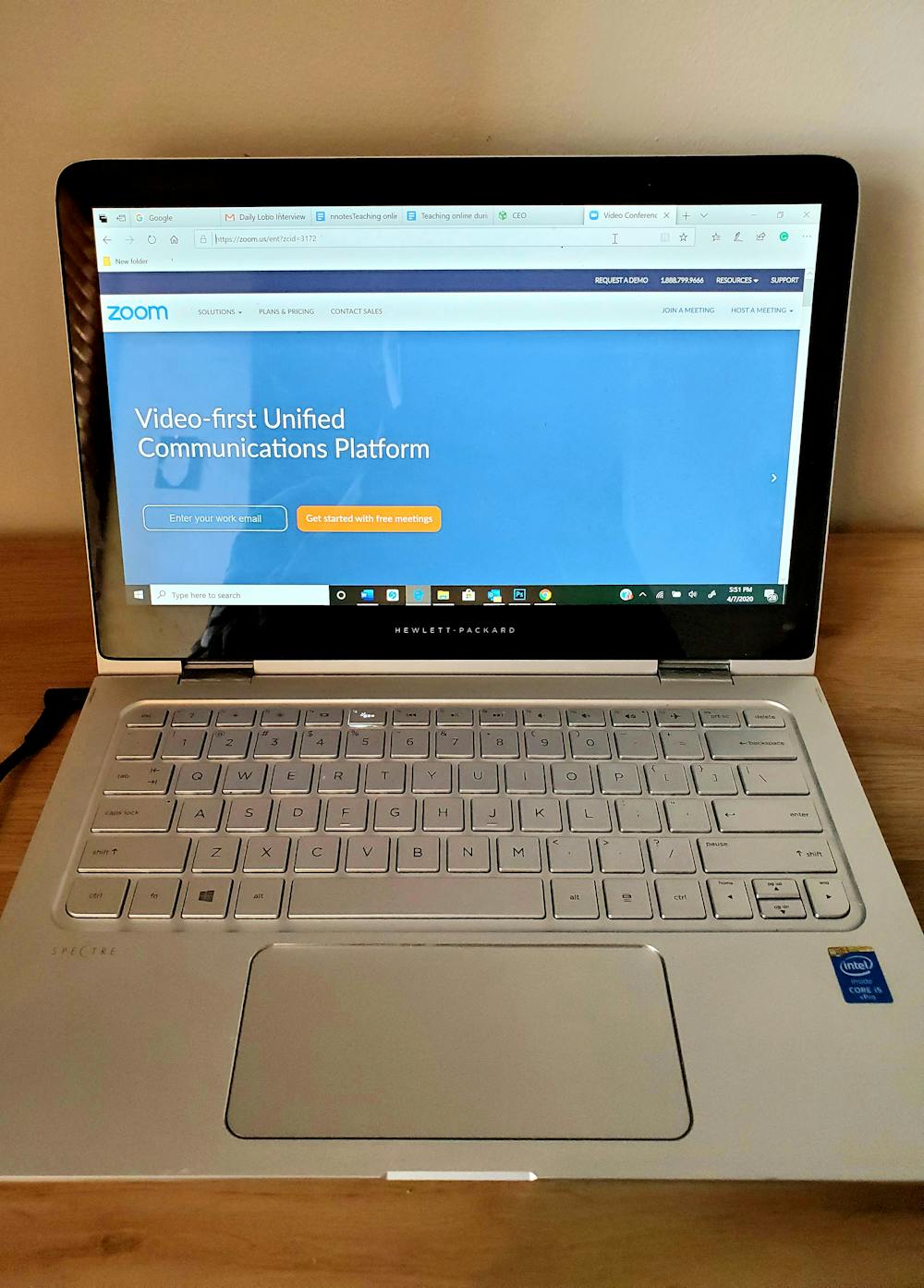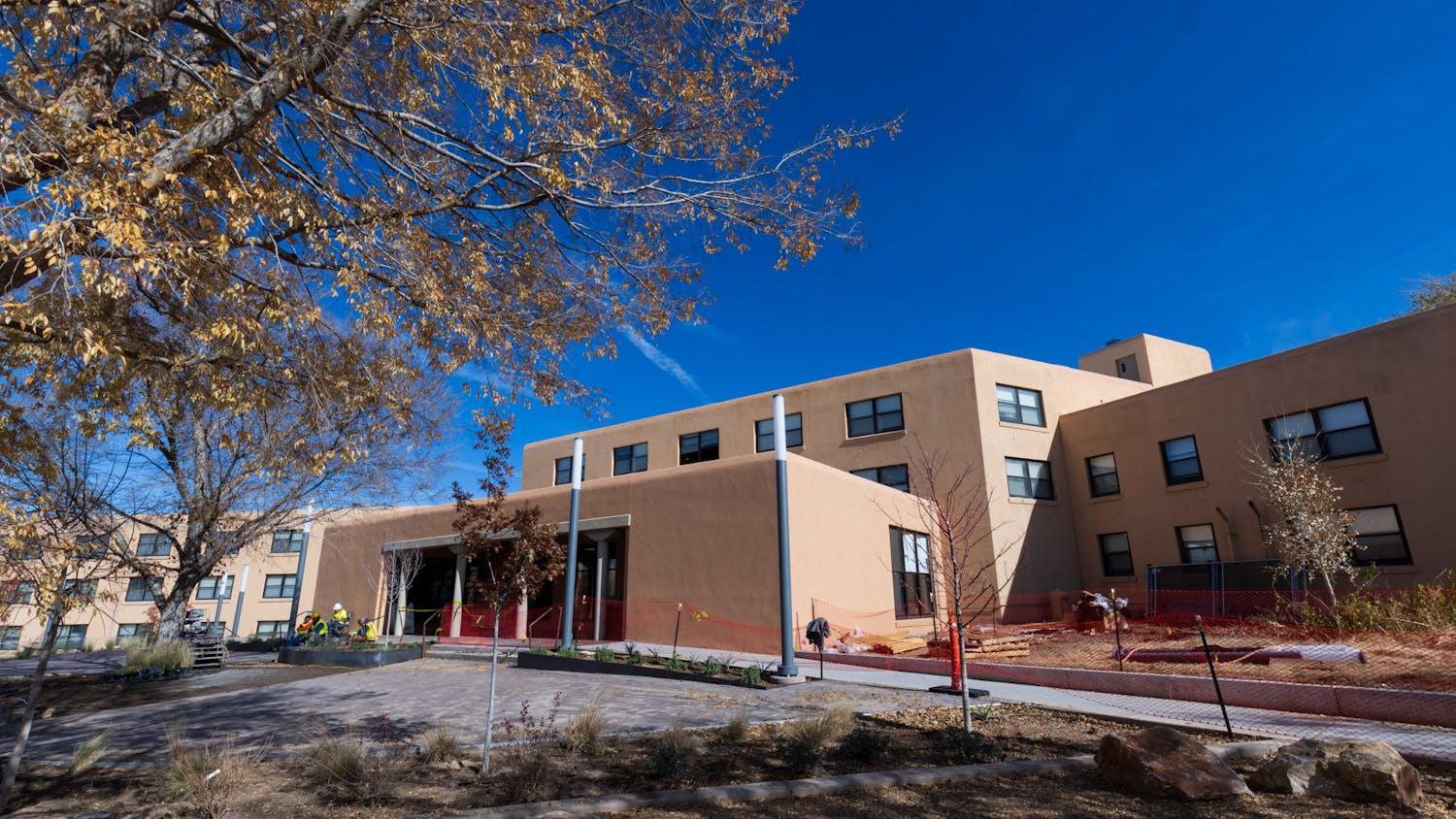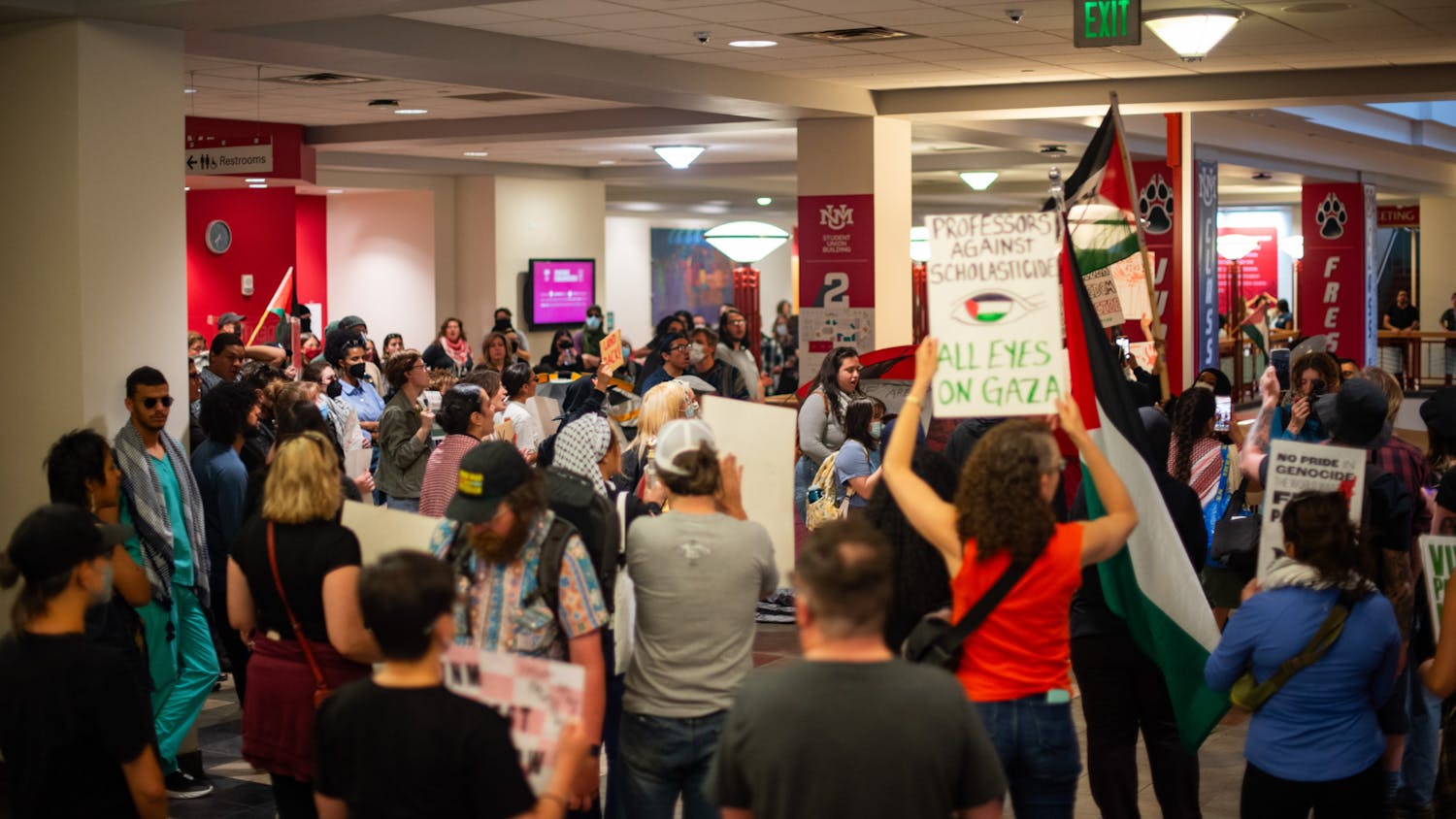With classes officially starting online only this week, instructors across the University of New Mexico have felt pressure to make a smooth transition from tracking in-person to teaching remotely.
While some professors choose to teach only by posting lecture slides or YouTube videos to Blackboard Learn, others, like Melisa Garcia chose to incorporate Skype, a video web conferencing service, into her teaching.
Garcia said she wanted her 24 technical writing students to still feel connected to University life and that's why she opted to include virtual video meetings as a part of her class.
She also asked her students whether or not they had reliable internet access and said she was sad to hear that some would have to travel to attend her meetings.
“Unfortunately two of my students don’t have internet at their homes, so they’ve been sitting in their cars and going to Starbucks, or someplace like that,” Garcia said. “That totally breaks my heart because I don’t want them to be out, so I try to navigate. I give them my phone number and we text or call on the phone so they don’t have to feel disconnected.”
Other professors, like Dr. Bruce Smith, use video conferencing site Zoom to hold meetings with his classes.
Smith said in his smaller classes of eight and 24 students, he teaches in real time over Zoom. For his larger class of 200 students, he posts lecture clips, videos and has students read texts, which he said worked well for the online positive psychology class he developed a couple years ago.
“I thought there would be more problems that it would be worth to try to have all 200 on Zoom at the same time because of bandwidth issues, the difficulty determining if and when they are online and paying attention, and because there could be too many problems coming up for different people to manage and keep up with,” Smith said.
Smith also requires his students in his large lecture classes post and respond on a discussion board in order to compensate for some of the human contact that they lose in coming to class.
“I am also carefully choosing discussion board questions that they need to respond to about the stress and changes they are going through in relation to the coronavirus threat — what kind of help they may need, and how they can use what they are learning in class to better cope and help each other,” Smith said.
Still, the online adjustment is easier for some classes than others. Sushilla Knottenbelt said her chemistry class of 54 was already halfway structured to be completed online, so only a portion of the class had to be adjusted.
Using Zoom, Knottenbelt said she goes over the most unclear parts of students’ homework, and then the class breaks into groups to work on their next assignments.
Get content from The Daily Lobo delivered to your inbox
“I think the Zoom breakout rooms work reasonably well,” Knottenbelt said. “ I think it is hard to collaboratively work on a worksheet when they are not in the same physical space, but many of them seem to be doing a good job so far.”
Knottenbelt said she discovered that it actually works better when students turn off their screen during the lecture part of her class so that she doesn’t know what they are doing. However, she said they spend at least half of the class in their breakout rooms in small groups working on a product so she knows they are engaged during that time.
Amanda Britt is the photo editor at the Daily Lobo. She can be contacted at photoeditor@dailylobo.com or on Twitter @AmandaBritt__






